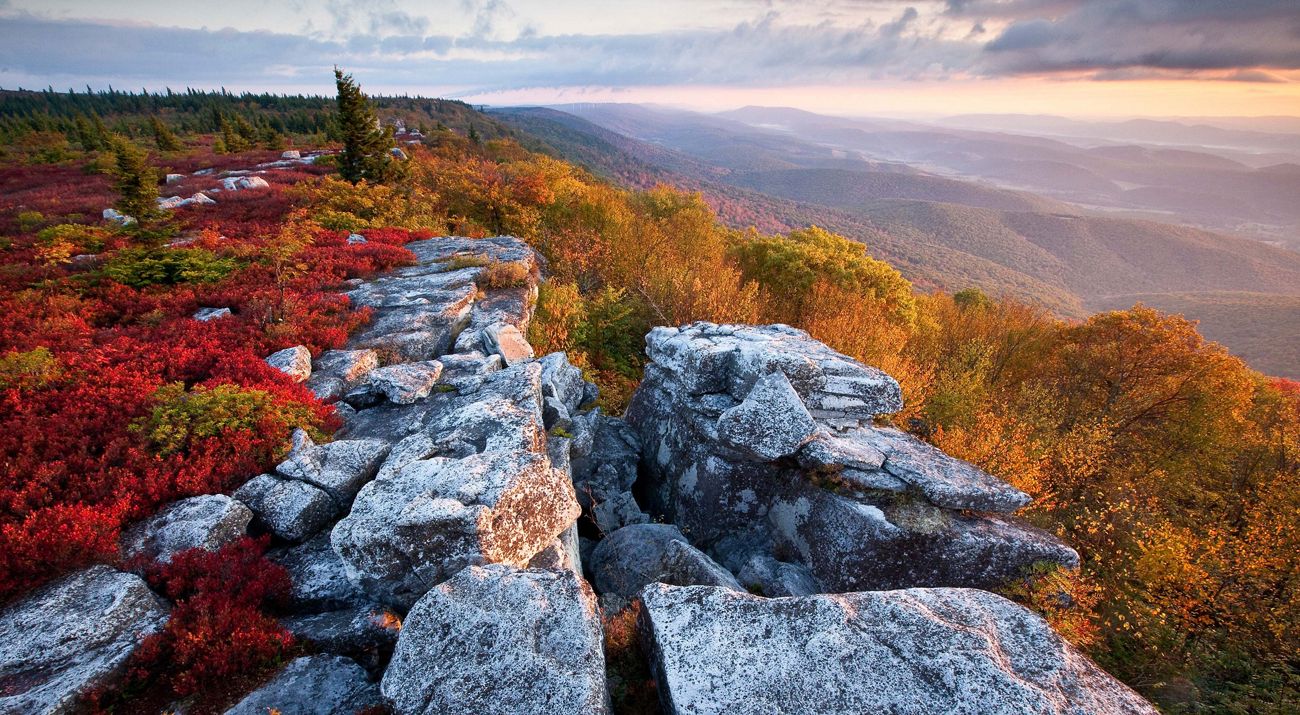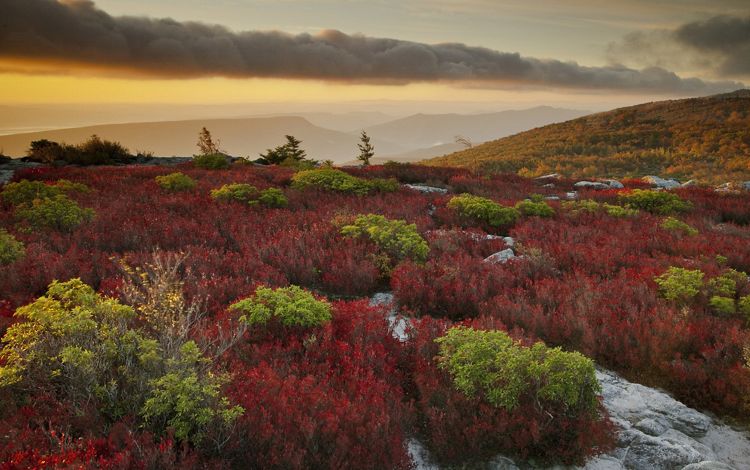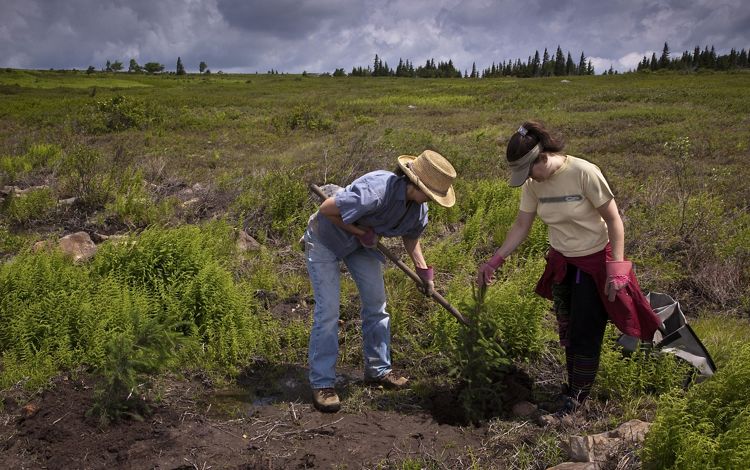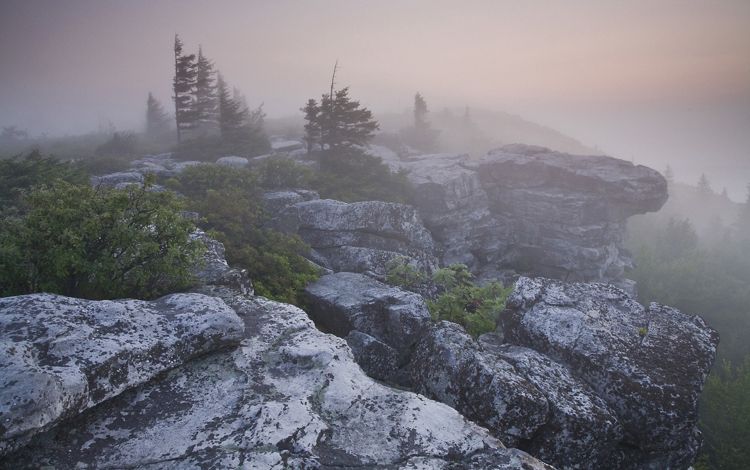Description
“This property, as a keystone in the Dolly Sods landscape, plays an immense role in the Central Appalachians’ ability to promote tourism, provide drinking water to the eastern United States and stand as a resilient stronghold for people and wildlife,” says Thomas Minney, state director of the Conservancy in West Virginia.
The tract provides additional habitat to more than 26 rare and protected species that occur locally in the Dolly Sods plateau, ranging from the Cheat Mountain salamander to the snowshoe hare, and rests on the eastern Appalachian migratory flyway for raptors and other birds. It helps support tourism as a backbone for the surrounding counties’ economy in a community where hunting, fishing, hiking and other outdoor activities are an integral part of the culture.
The significance of the tract does not end with its economic and ecological value, though. Because of the tract’s position on the Eastern Continental Divide, it feeds into headwaters of the Potomac River and major tributaries to the Ohio River, which affects the water quality of millions of downstream users, including cities such as Pittsburgh and Washington, D.C. Coupled with the clean air supplied by the native red spruce forests in the region, the Allegheny Front tract helps sustain the air and water on which millions in West Virginia and beyond depend.
What We're Doing
In addition to traditional land protection of core parcels, our strategies include conservation of the remaining red spruce forests, restoration of balsam fir stands, reducing the impacts of non-native weeds, supporting research on heathlands and other key ecological features, and creating a deeper public understanding of this landscape’s ecological values and conservation needs. We will also work closely with government agencies and corporate landowners to promote conservation action on state park, national forest, national wildlife refuge and corporate lands. Working with private partners, the Forest Service, and the Fish and Wildlife Service, The Nature Conservancy will affect conservation of this important region while accommodating the culture and livelihoods of local residents.
Ecology
Ecologically, this area is remarkably diverse and complex by any standard. Here some of the starkest ecological transitions in eastern North America meet in one landscape. The elevation rises from 1,100 feet at the base of the Allegheny Front to 4,770 feet at its highest crest. Additionally, the area is part of the Eastern Continental Divide, with waters to the east draining into the Potomac River and Chesapeake Bay, and waters to the west draining to form the Monongahela River, which via the Ohio and Mississippi Rivers eventually drains into the Gulf of America. And the Allegheny Front itself drives the “rain shadow,” a natural phenomenon resulting in some of the East’s heaviest precipitation along the western slope of the mountain, while the eastern foothills have some of the East’s lowest annual rainfall.
This range in elevation, topography and resulting weather combine to support distinctive plant communities. Bogs found on Dolly Sods and throughout Canaan Valley support a wealth of insectivorous sundews, cranberries and other northern plants. Other Canaan Valley wetlands perched on limestone outcrops are among the most biologically significant of all Appalachian wetlands. Canaan Valley also supports the region’s most extensive forests of balsam fir, which reach the southern limit of their range in West Virginia.
Threats to this Landscape
Originally, vast forests of spruce covered much of this area, but these were nearly destroyed by logging and subsequent fires. The legacy of this past has had lasting, harmful consequences to the plants and animals that depend upon the conifer forests and conifer-dominated wetlands for their survival. Though red spruce has struggled to come back, balsam fir is being decimated by an insect pest accidentally introduced from Asia. On a larger scale, other non-native invasive insects, plants and diseases are threating the vast diversity of wetlands and the forests that surround them. Perhaps most significant, resort and vacation home development are extensive and expanding. Current freeway construction linking this area with metropolitan areas to the east is likely to accelerate the rate of development.



